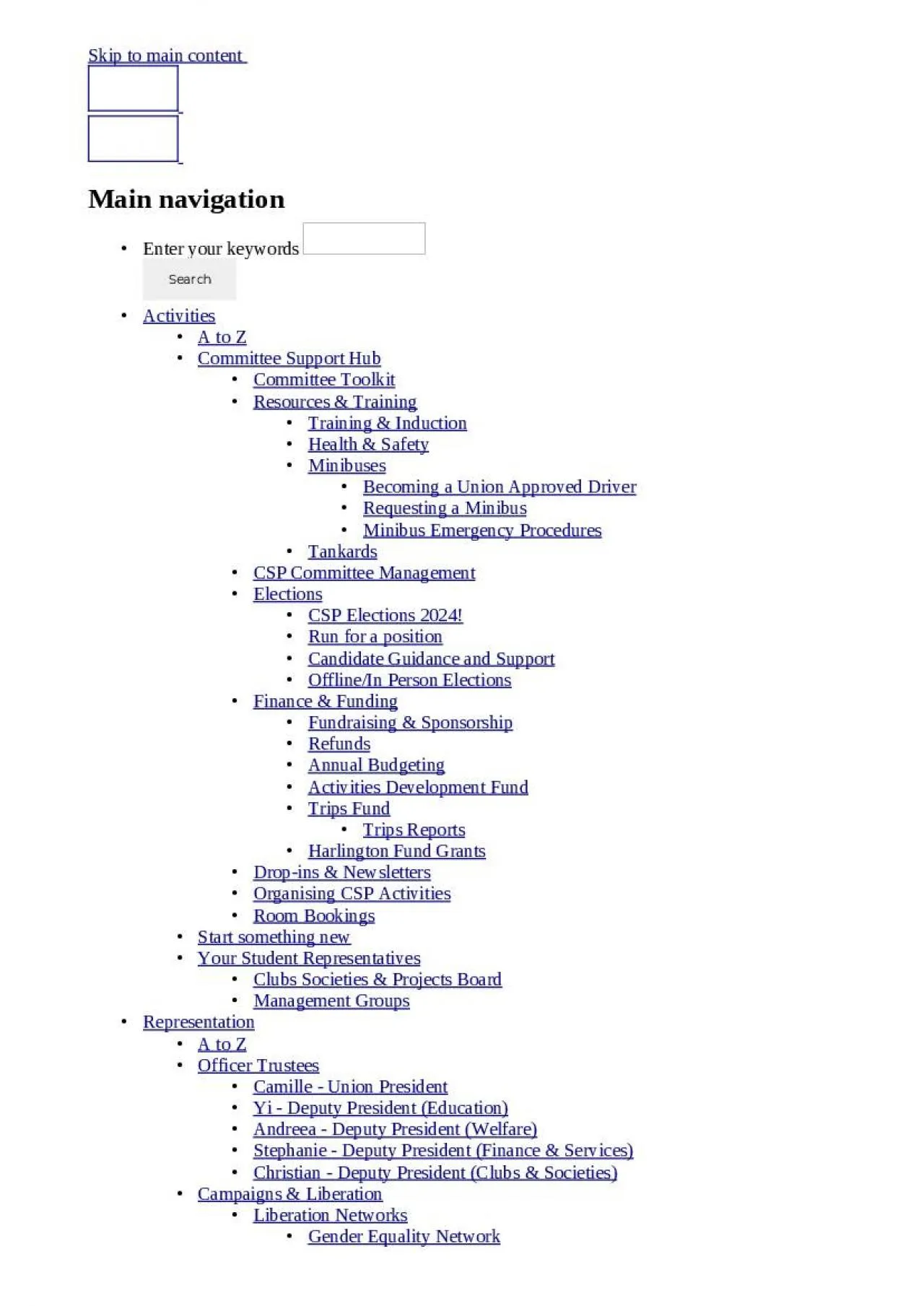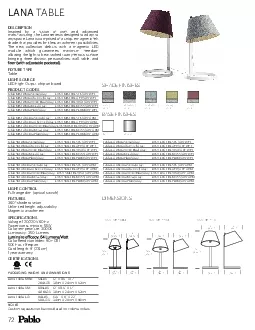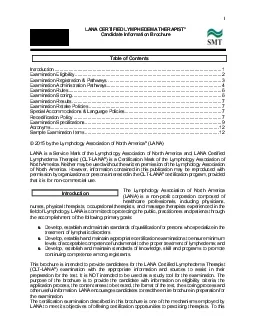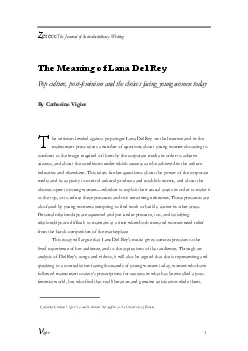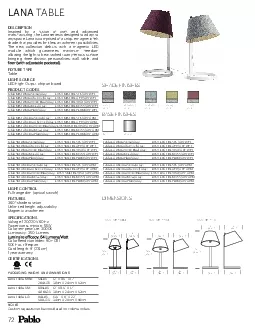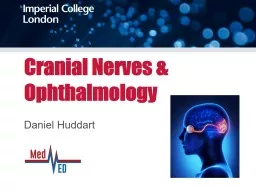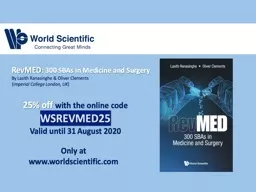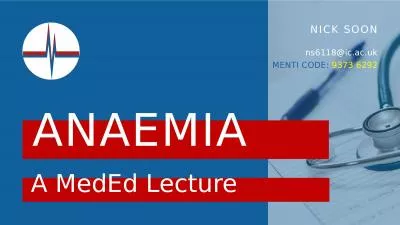PPT-Lana Alnusair Year 3 Case Based SBA Revision
Author : beatrice | Published Date : 2022-05-15
03022022 1 Awareness of all cardiology conditions and LOs required for year 3 Familiarise students with the classical history of some of the main cardiology conditions
Presentation Embed Code
Download Presentation
Download Presentation The PPT/PDF document "Lana Alnusair Year 3 Case Based SBA Rev..." is the property of its rightful owner. Permission is granted to download and print the materials on this website for personal, non-commercial use only, and to display it on your personal computer provided you do not modify the materials and that you retain all copyright notices contained in the materials. By downloading content from our website, you accept the terms of this agreement.
Lana Alnusair Year 3 Case Based SBA Revision: Transcript
Download Rules Of Document
"Lana Alnusair Year 3 Case Based SBA Revision"The content belongs to its owner. You may download and print it for personal use, without modification, and keep all copyright notices. By downloading, you agree to these terms.
Related Documents

